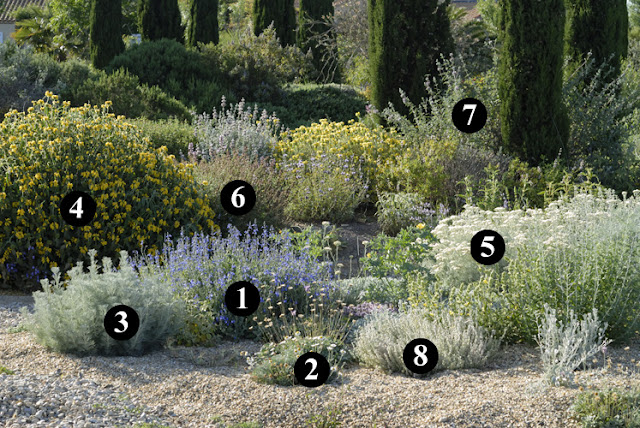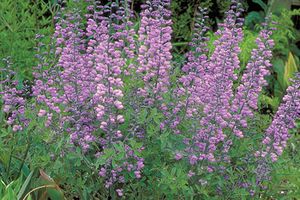John Muir, Conservationist
"How hard to realize that every camp of men or beast has its glorious starry firmament for a roof.
In such places, standing alone on the mountaintop, it is easy to realize
that whatever special nests we make --
leaves and moss like the marmots and the birds, or tents or piled stone --
we all dwell in a house of one room --
the world with the firmament for its roof --
are all sailing the celestial spaces without leaving any track."
~ John Muir
John Muir was born in Scotland in 1838 and came to the backwoods of Wisconsin when he was 11. As a teenager, he had no time for school or formal study. He worked with his father taming nature, clearing the forest, plowing with a team of oxen and other arduous tasks.
Yet he so desired knowledge that he would rise at one in the morning to read.
Yet he so desired knowledge that he would rise at one in the morning to read.
He wrote, “I had gained five hours, almost half a day! ‘Five hours to myself!’ ‘Five huge, solid hours!’ I can hardly think of any other event of my life, any discovery I ever made that gave birth to joy so transportingly glorious as the possession of these five frosty hours.” ( I can relate - I often write my blog posts in the early hours of morning).
He was a naturalist from the beginning. All creatures drew his sympathy and he paid close attention to the wonders of nature. He attended the University of Wisconsin and left after two and a half years in 1863.
In 1867, while working, his hand slipped and a point of a file pierced one eye. He lost the use of that eye. The other went dark in sympathy. It was the bleakest time of his life.
As his sight gradually returned, over a period of months, he resolved to spend the rest of his life immersed in the sights that had been denied him in his darkened sickroom — the forests, fields, lakes and mountains of pure, unspoiled nature.
He took wilderness treks and ended up in Yosemite Valley in California in the spring of 1868. He was 30 and Yosemite changed his world.
One of the sights in Yosemite Valley
Emerson tried to entice Muir away from Yosemite, telling him the world was waiting to hear him teach but Muir chose to stay.
He left the Valley and, in 1880, married and moved to Martinez, California, 35 miles from San Francisco. He became fairly wealthy as a grower of Pears and grapes, but realized that, unless something were done, the glorious Yosemite wilderness he had found in 1868 would soon be only a memory.
In 1889 Muir took Robert Underwood Johnson, editor of Century, one of the most prominent magazines in the country, on a camping trip to Tuolumne Meadows in Yosemite. Johnson then published Muir's two articles advocating that Yosemite be made into a National Park and lobbied Congress energetically. Congress complied and created the Yosemite National Park.
Muir founded the Sierra Club in 1892, the purpose which was to preserve and make accessible the Sierra Nevada mountains of California. He zealously taught and promoted preservation of the natural environment wherever he went...a foreign concept back then.
He railed against the “...devotees of ravaging commercialism, [who] seem to have a perfect contempt for Nature, and, instead of lifting their eyes to the God of the mountains, lift them to the Almighty Dollar."
He advised instead to, “Climb the mountains and get their good tidings.”
He died in 1914 but in the years hence, his fame has grown. In 1976, the Calfiornia Historical Society voted him “The Greatest Californian.”
The most poignant tribute ever given to Muir took place in a private conversation between two great contemporary mountaineers.
Galen Rowell once asked Rheinhold Messner why the Alps in Switzerland were so highly developed, with hotels and funicular railways, while in America, the mountains are relatively free of development.
Galen Rowell once asked Rheinhold Messner why the Alps in Switzerland were so highly developed, with hotels and funicular railways, while in America, the mountains are relatively free of development.
Messner explained the difference in three words. He said, “You had Muir.”
This was edited and adpated from a MUIR biography in a great blog, EcoTopia.
Here is a great book of his best writings....














Great!
ReplyDelete